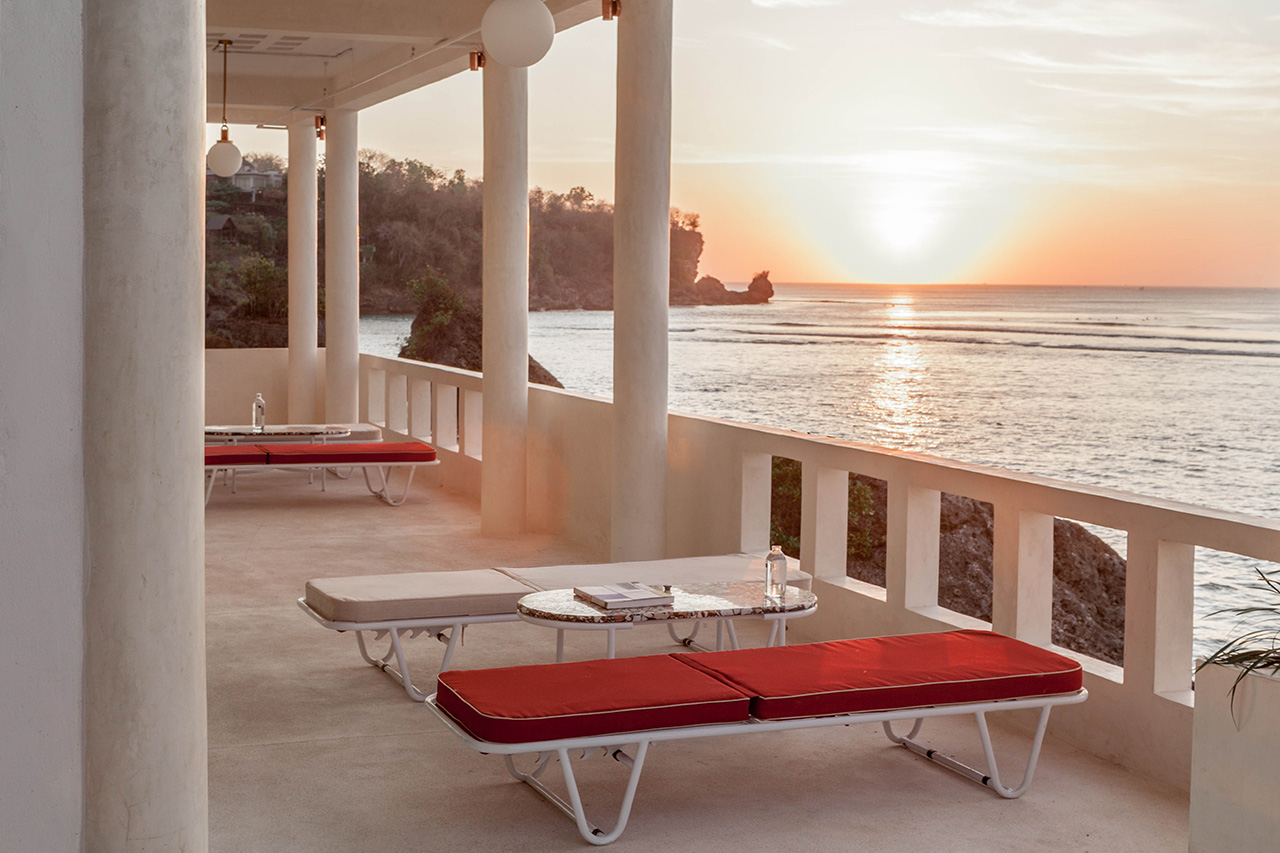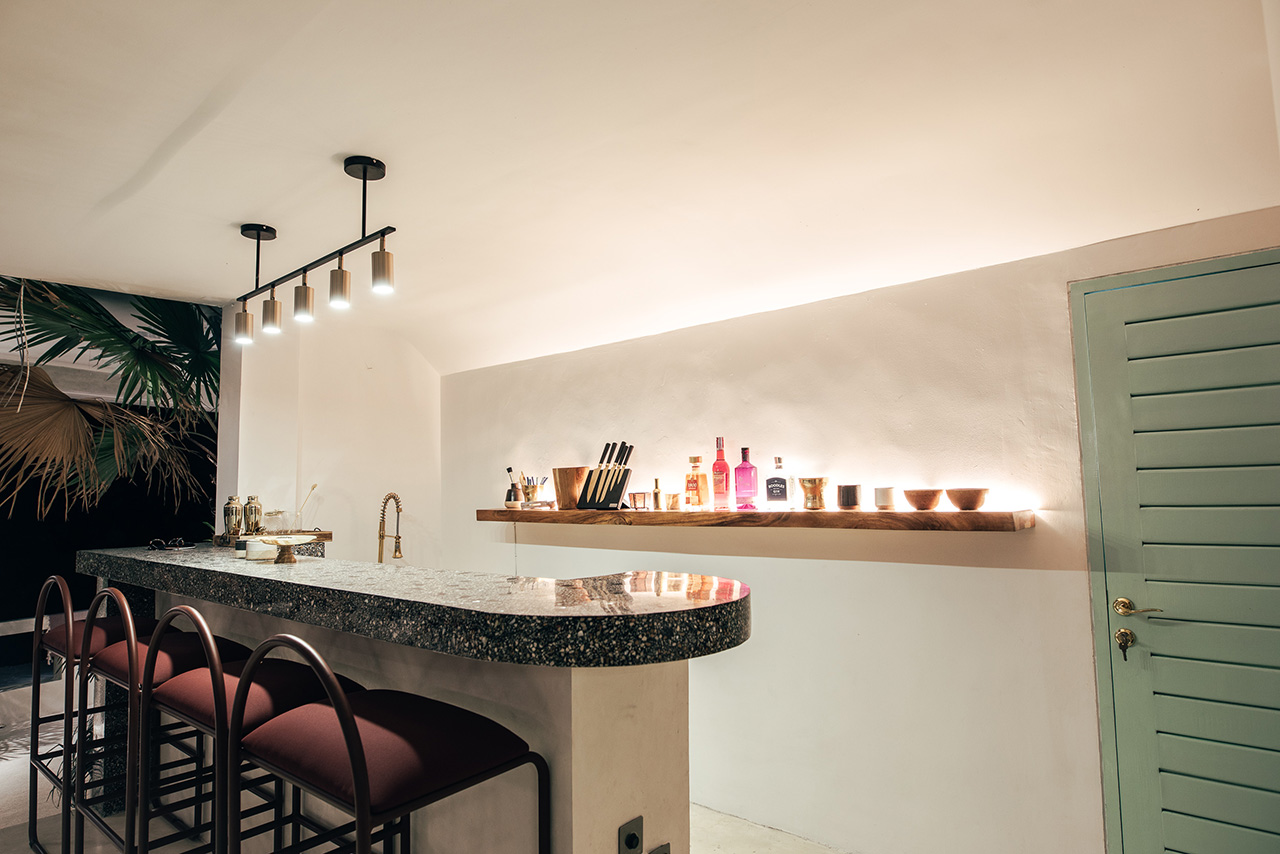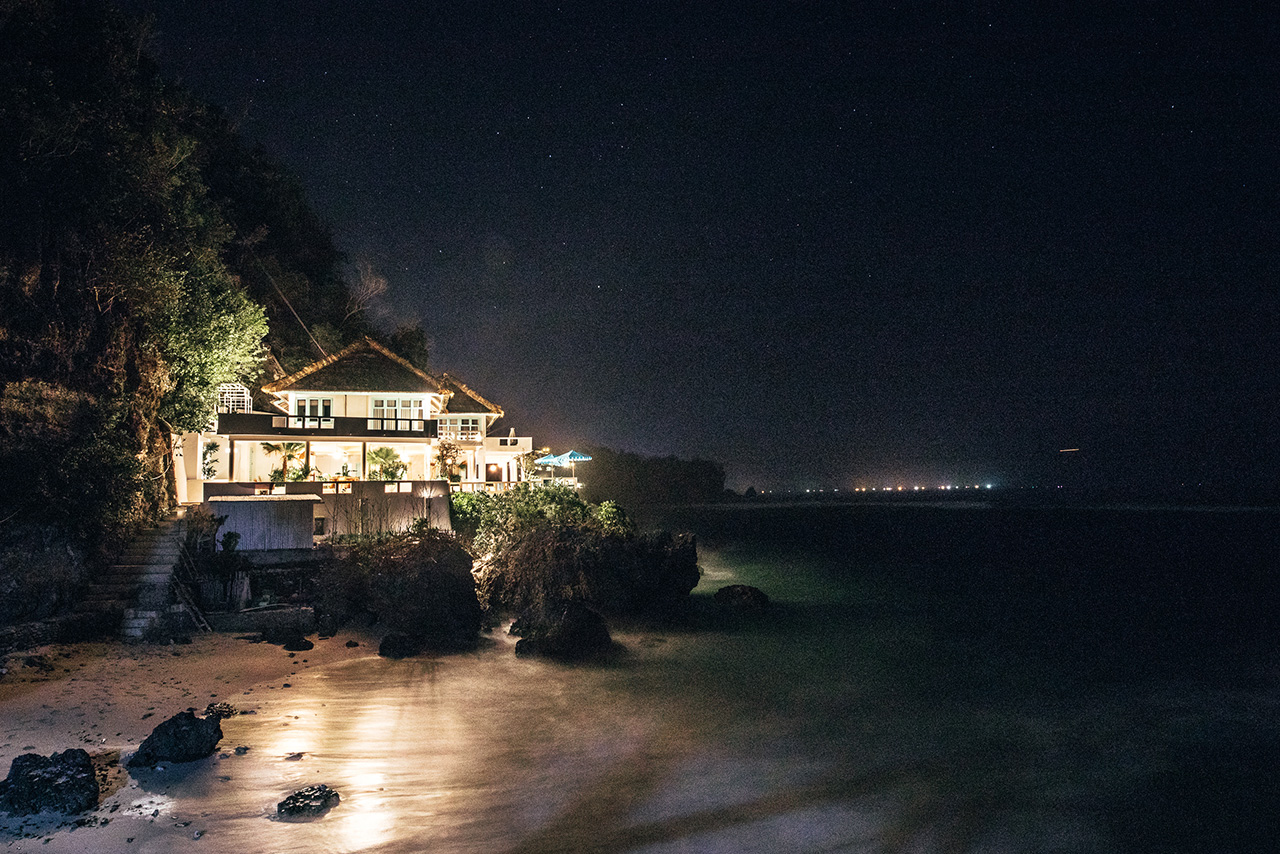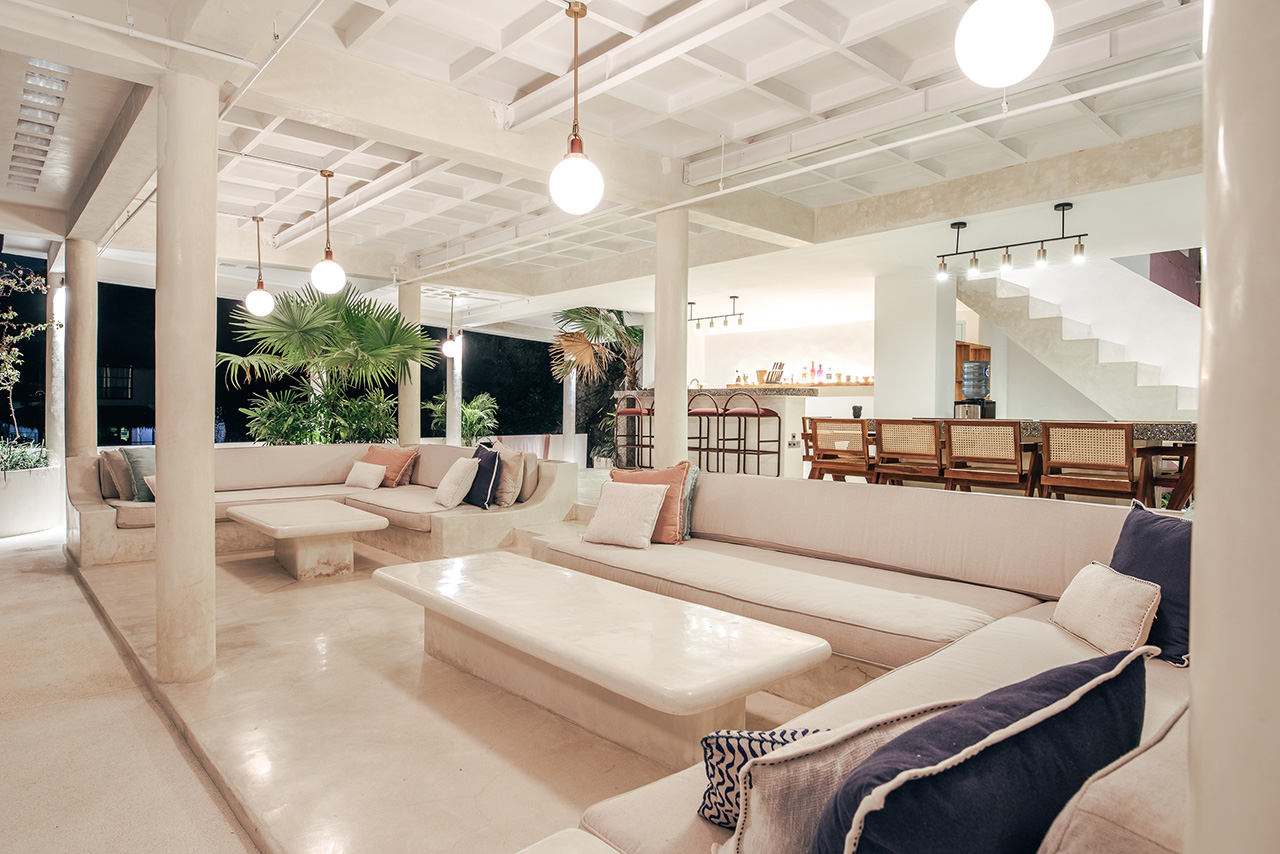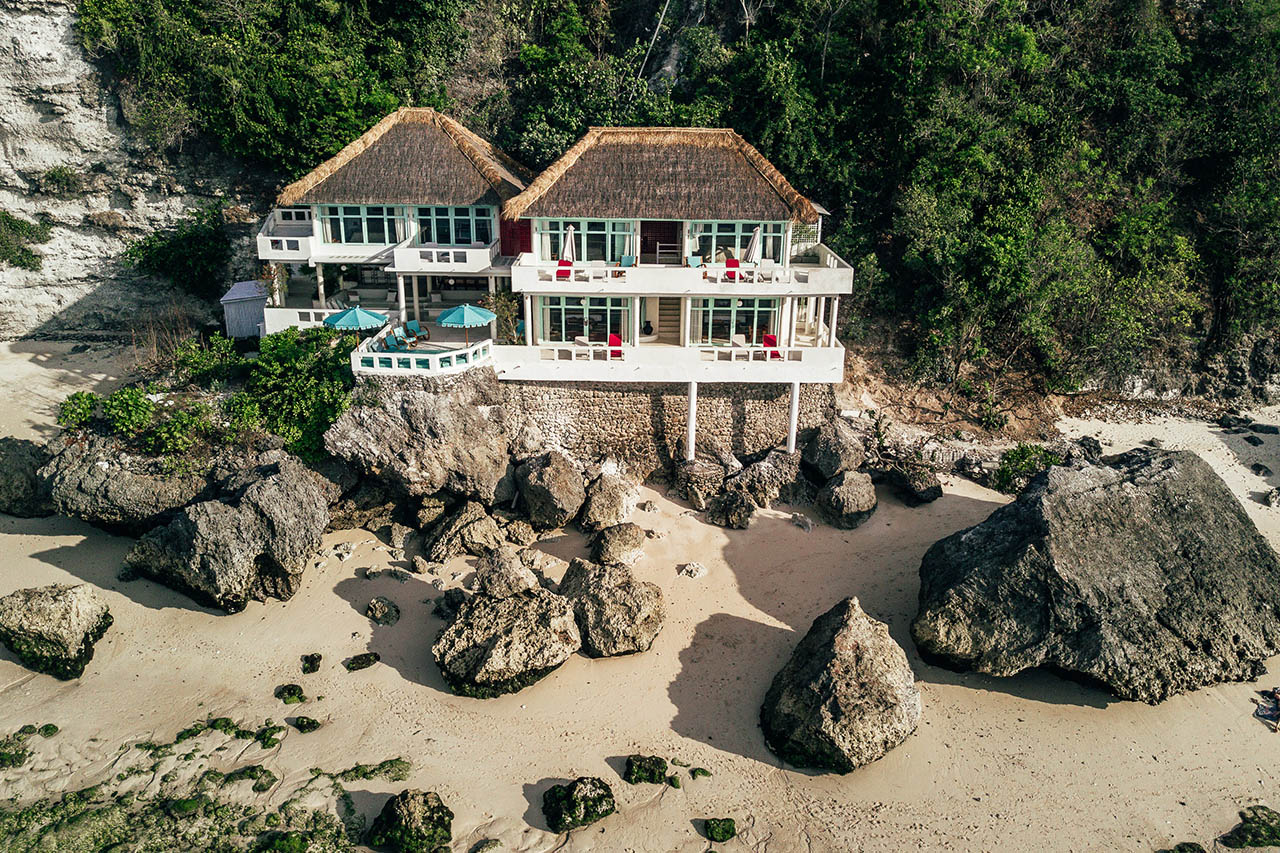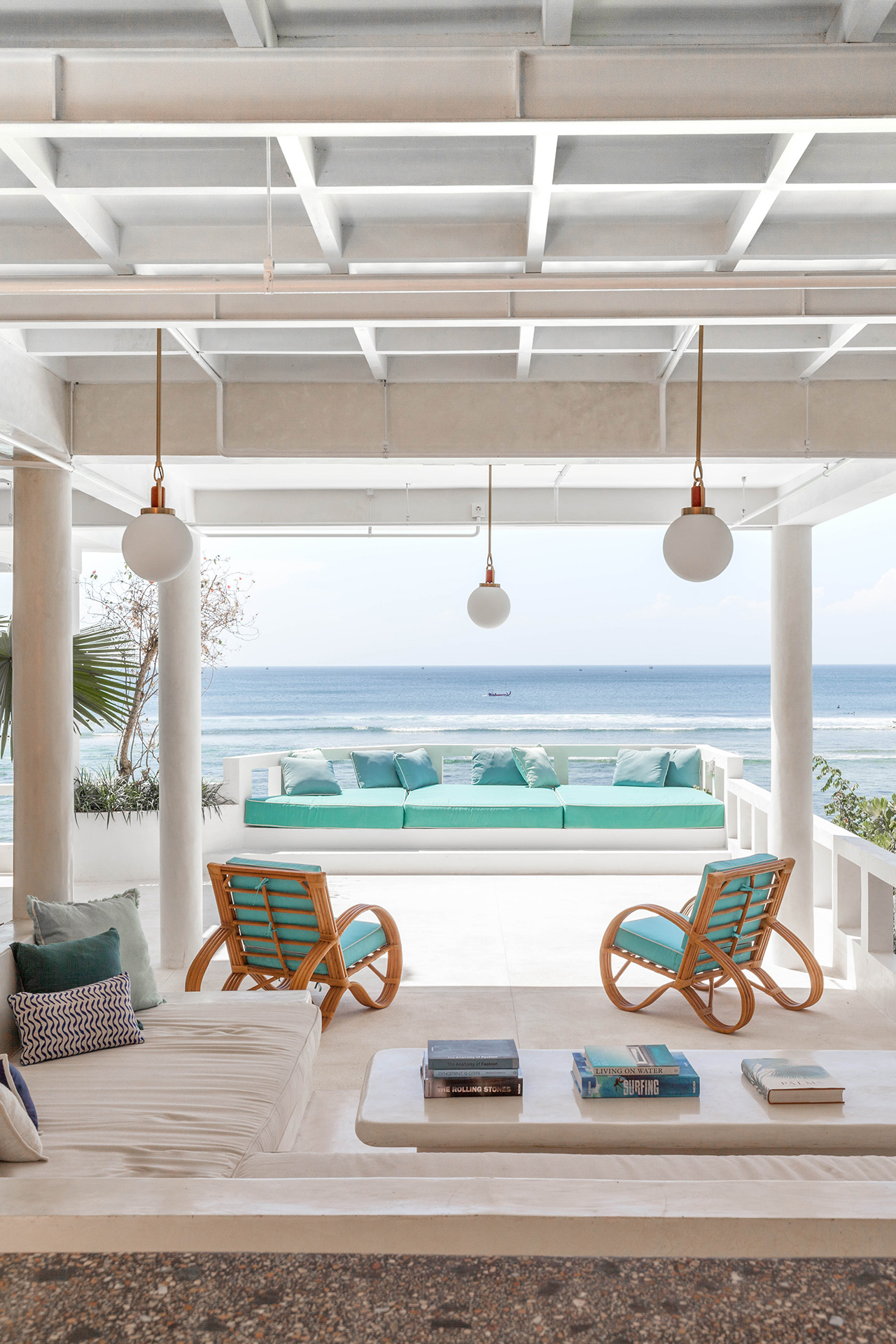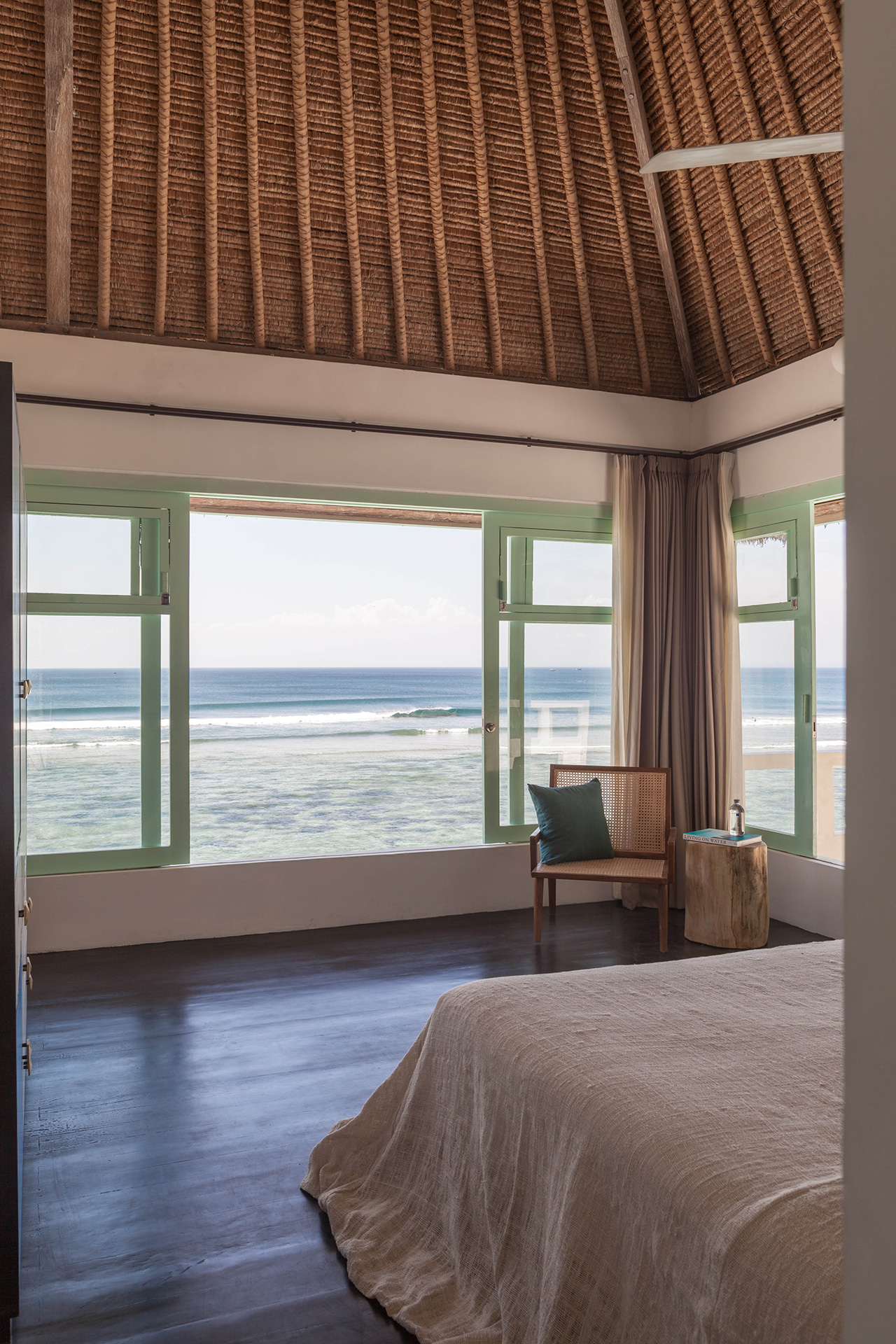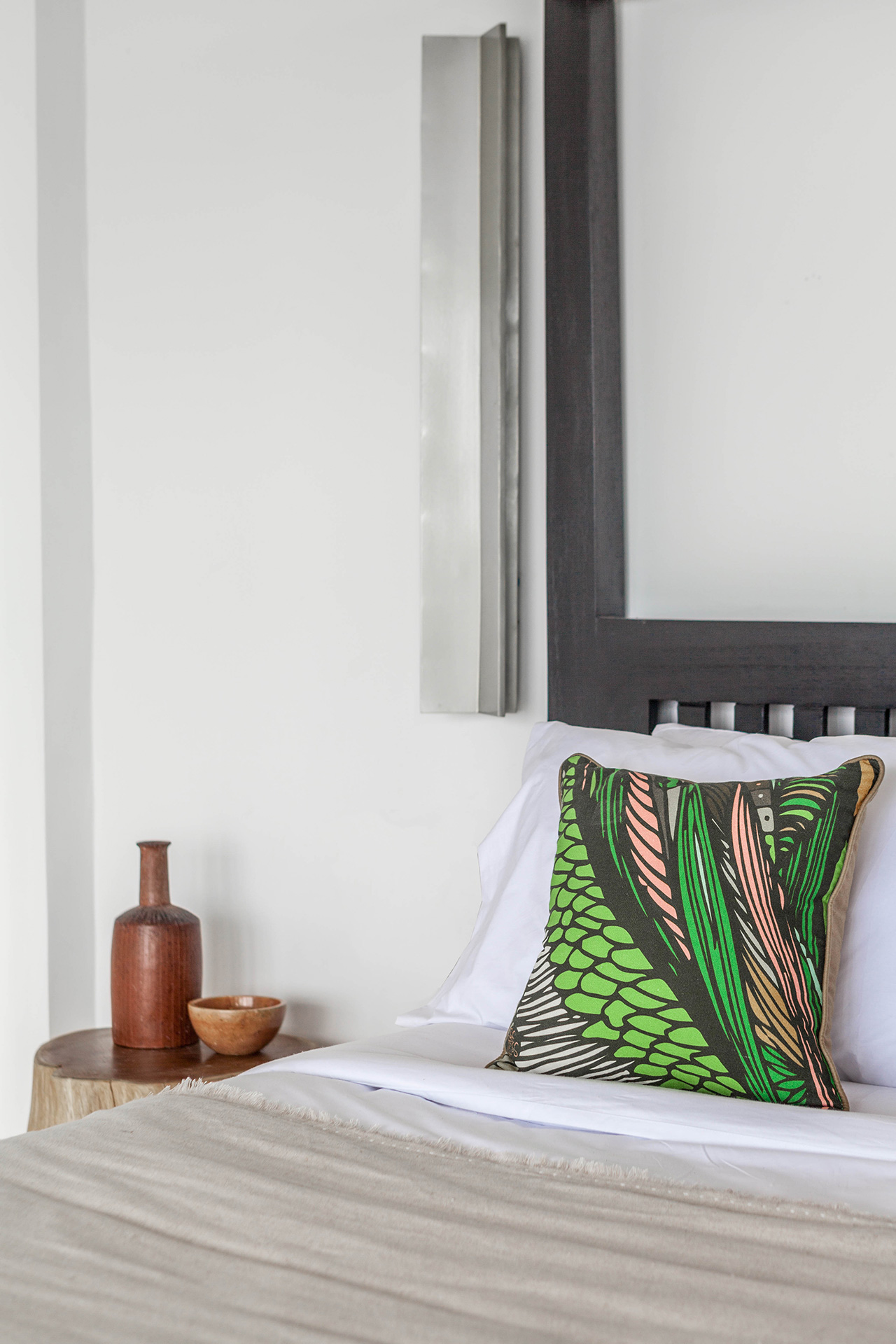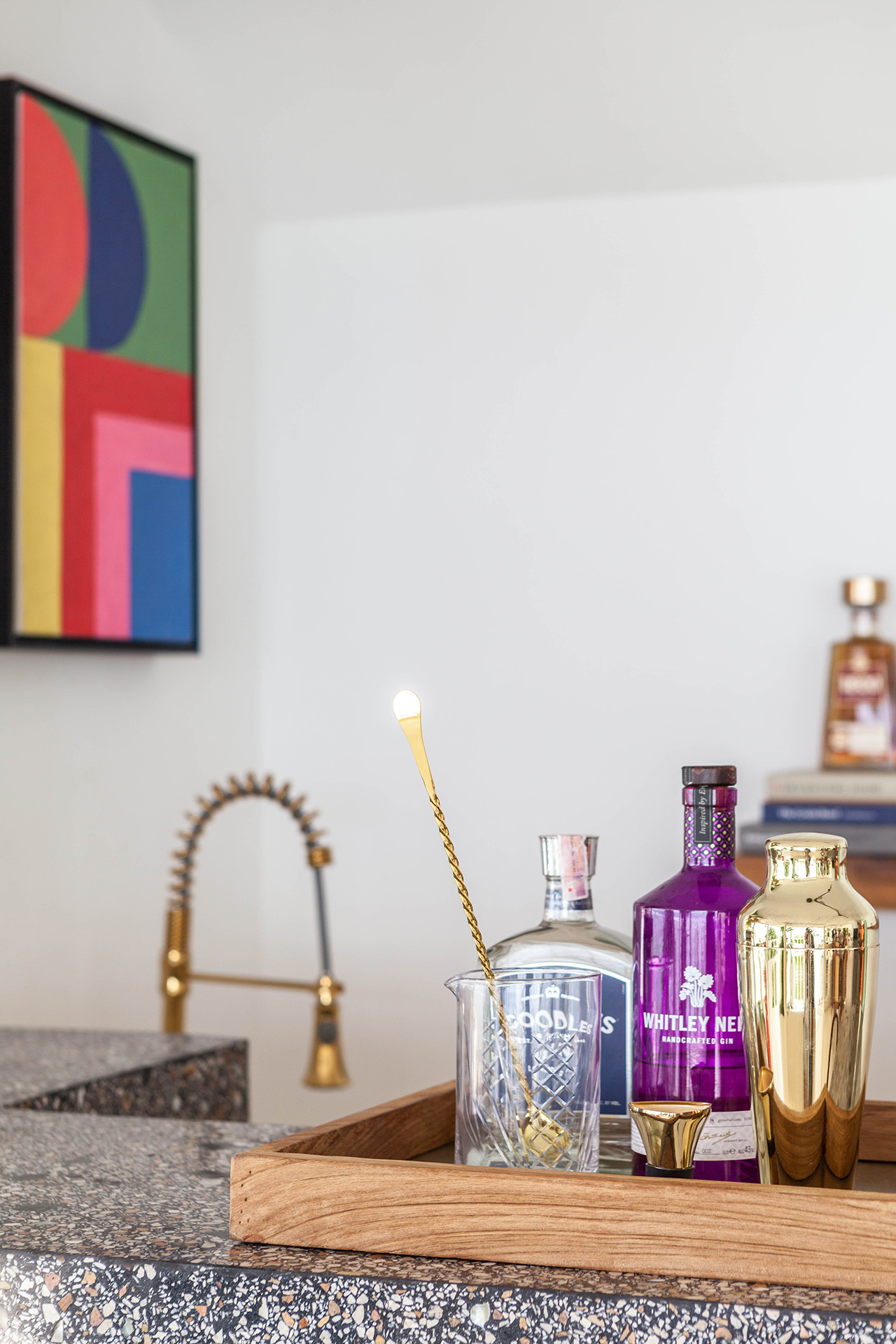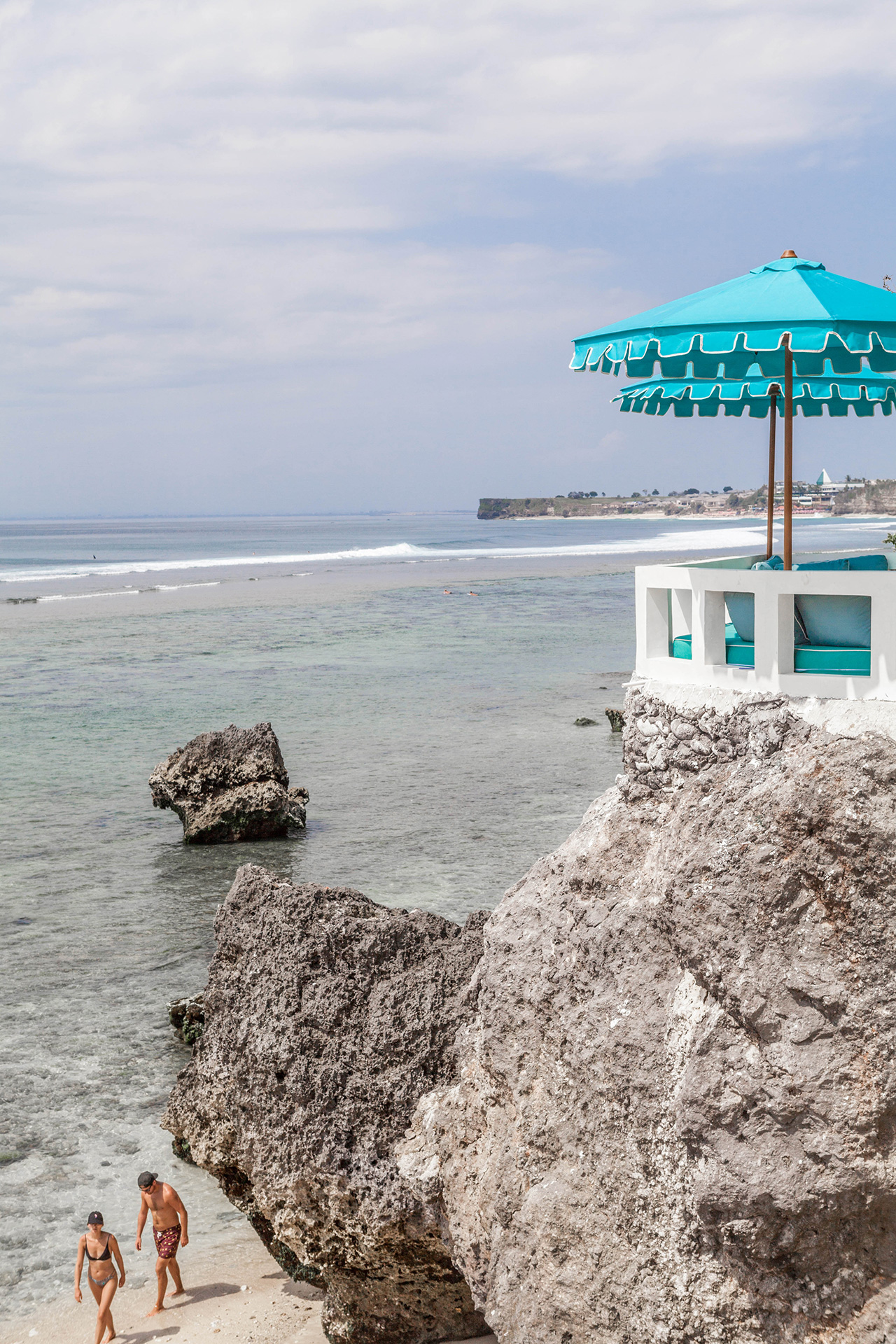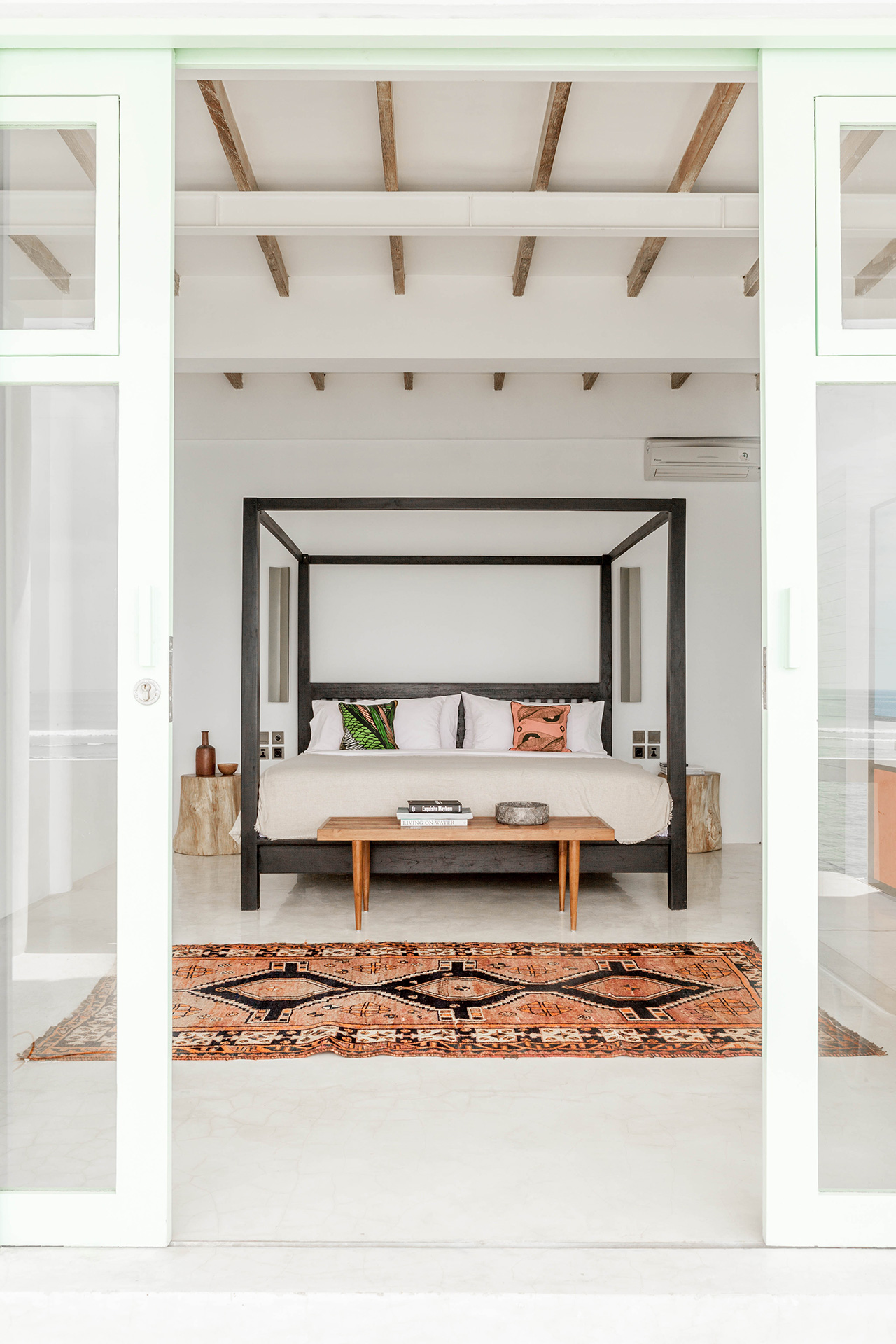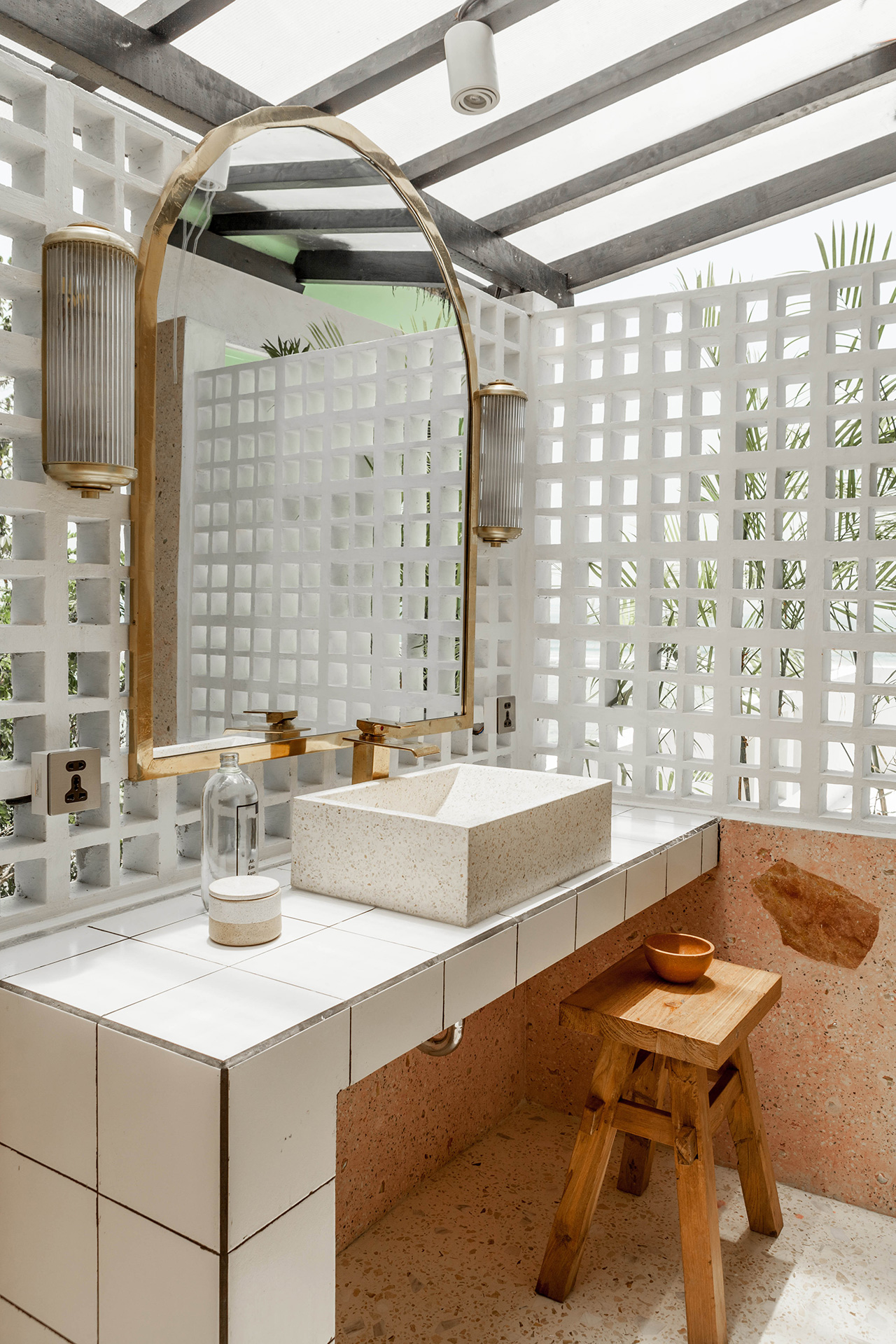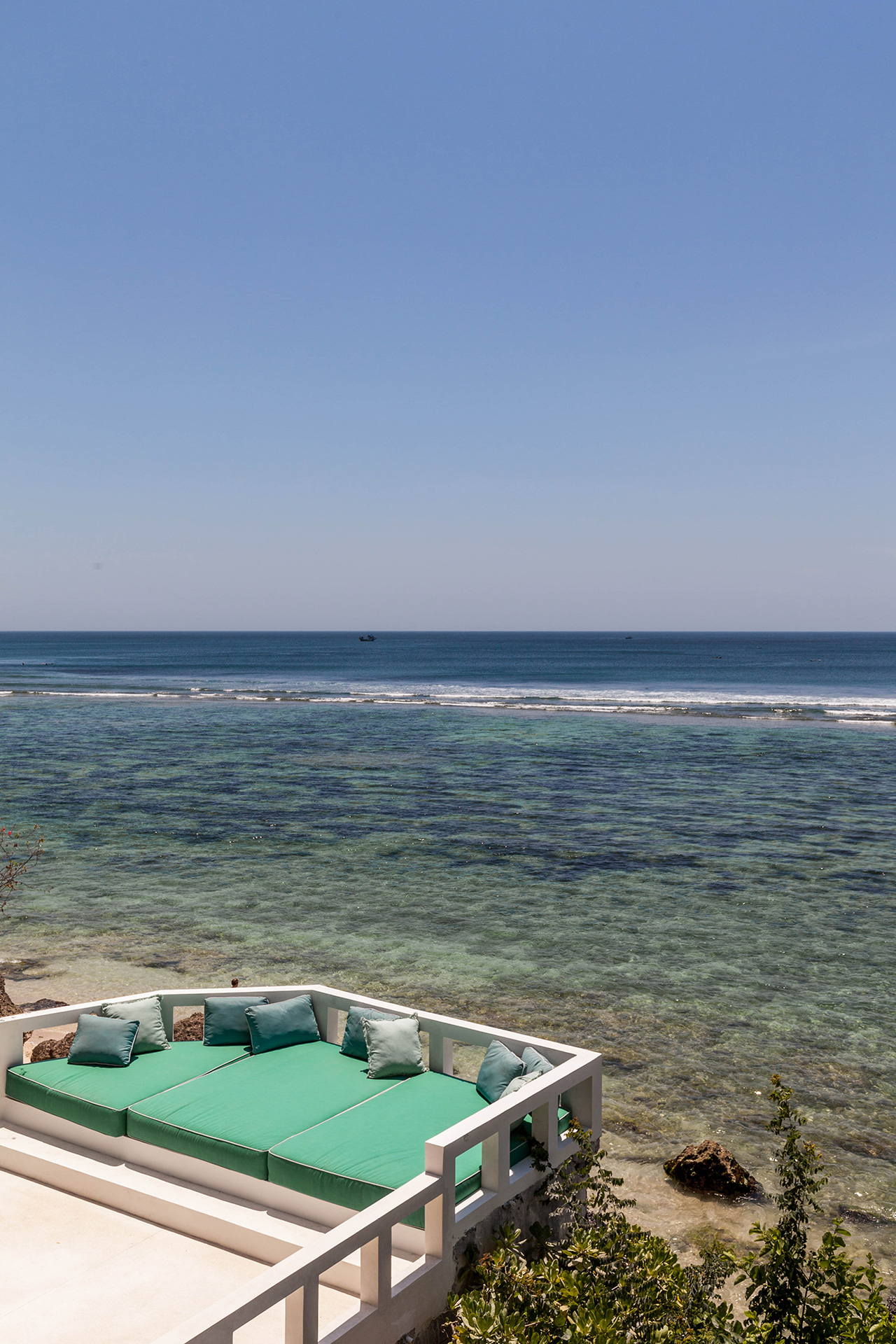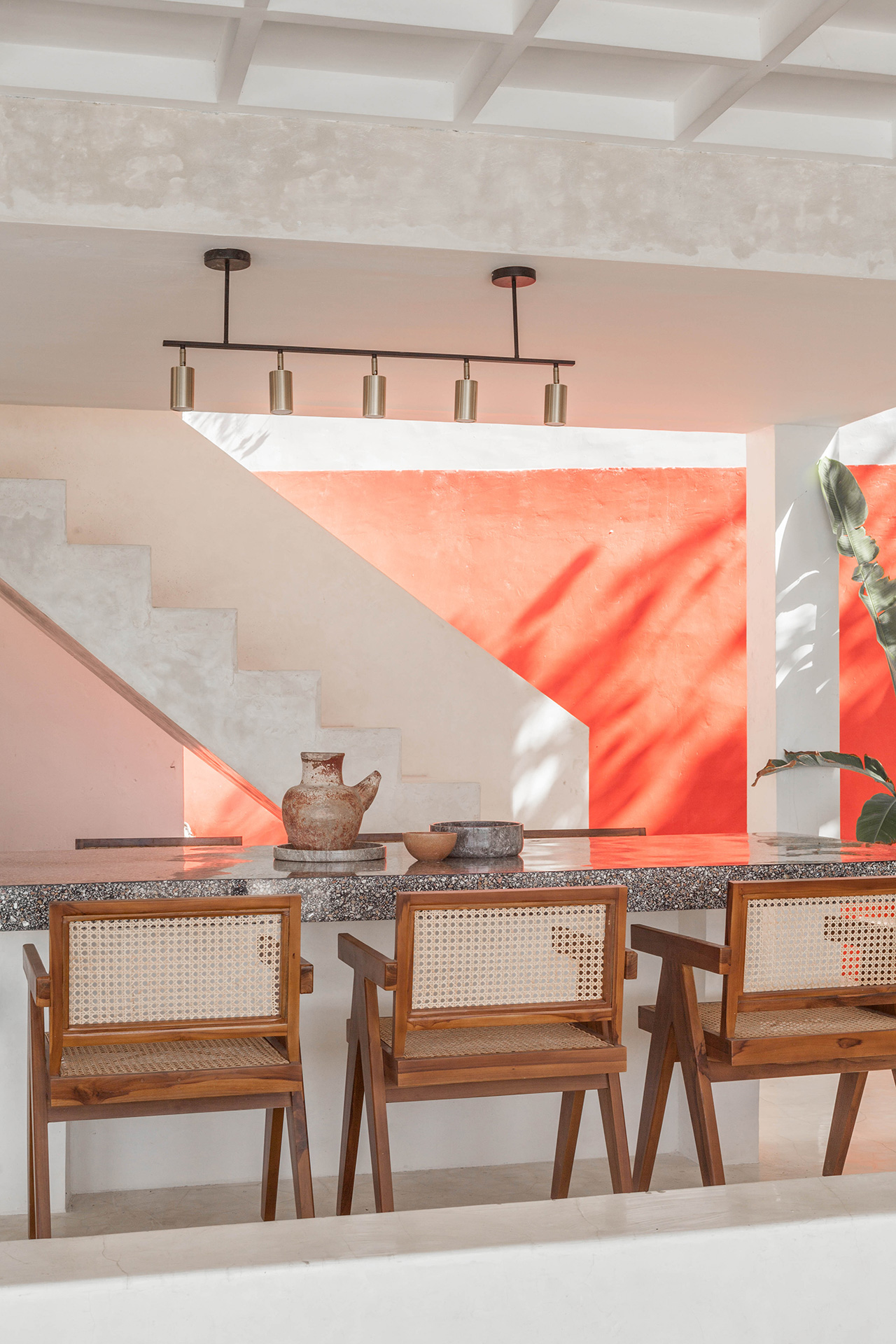News feed
Though the transition from Goldman Sachs to speakeasy owner is an unconventional one, it’s one which the British entrepreneur Ben Jones has made with aplomb. Jones had been working in the financial industry across the United Kingdom and Asia for close to two decades when he decided to swap a life on the stock markets for one managing his first venue, Oxwell & Co., a gastropub in Chinatown in Singapore, opened in 2013. It wasn’t long before a second venue, Operation Dagger – a cocktail bar in the same city – soon followed in 2015. As recently as this year, that same bar was voted number 23 in the World’s 50 Best Bars List. Though the career move would for many be considered an unorthodox one, for Jones, who today is based between Bali and Singapore, the decision to pivot away from the bank toward the bar is one precipitated by a lifelong passion for design, food, music and travel.
Today, Jones finds himself in the heretofore unprecedented position of managing an altogether different portfolio: a series of venues opened as part of the M.Development group, of which he acts as the founder and CEO. Jones says that the principles of good design remain at the heart of all the group’s activities, which encompass a luxury villa portfolio, Mandala, as well as a beach club, the Ulu Cliffhouse, in Uluwatu on Bali’s southernmost Bukit peninsula – an area not wanting for beach clubs. “We try to push boundaries with what we do,” Jones tells GRAZIA. “From building a glass-bottomed swimming pool at Mandala The House to the Ocean Deck bar at Ulu.”
Considering the relative disparity between the finance and hospitality industries, it comes as no surprise that Jones should display an evident interest in bridging gaps. It’s a predilection that is grounded in the Mandala enterprise, and one he developed as a direct response to his own lacklustre experiences when it came to his own travels. “Our aim is to elevate the whole villa experience and bridge the gap between a branded boutique hotel and an independent villa,” says Jones, who confesses to being a fan of the Soho House group, as well as an admirer of the hotelier Andre Balazs, whose properties include the Chateau Marmont and The Mercer, amongst others.
“I’ve stayed in lots of beautiful villas but been disappointed by the experience, from arriving to an empty fridge and a basic breakfast in the morning, to little or no service, to being cancelled 5 minutes before arriving at a villa booked online.” The Mandala properties, then, are for those who enjoy the creature comforts and consistency of a hotel, but without sacrificing the exclusivity and privacy of a villa. “Everything we do is detail-oriented from our interiors and architecture, to staff training, to our bespoke toiletries,” Jones says of the portfolio, which now includes four properties in Uluwatu, Canggu and Nusa Lembongan in Bali, with more slated to follow as soon as January 2019. Each boasts a chef, wine cellar and fully stocked bar; a series of custom-infused spirits are also never far from hand, nor are what Jones considers to be the island’s best mixologists, chefs and DJs, yoga, surf and fitness instructors, chefs and masseurs, thanks to an extensive network.
Each villa has been constructed on a site that is emblematic of its location, Jones says, from the verdant rice paddies of Canggu to the enviable surf breaks of Uluwatu. “We have designed each space to really embrace and maximise the impact of its surroundings,” Jones says. Of one recently opened venue in particular, Mandala’s The Rocks property, for example, Jones and a prominent Australian architect designed series of tiered wraparound decks with panoramic views that cantilever out over the rocks and beach below; similarly, an outdoor ‘cliff gym’ is stationed outside at the rear of the villa, which also enjoys direct surf out access to one of Bali’s most famous breaks, Impossibles.
As is to be expected with a build that aims to be an expression of its natural surrounds – and extraordinary surrounds they are at that – a fair few challenges were involved in the process of its design and completion. “Building a property on the beach down a cliff front is never going to be easy!” Jones concedes. “Getting the building materials down to the villa was a challenge and everything we used had to be chosen with this in mind.” Though its location dictated a great many constraints around the design of The Rocks, very little of its setting figured into the property’s interior.
“Even though it is in a truly unique location of natural beauty we purposefully avoided the going with ‘rustic’ styling,” Jones says. “It’s a beautiful look, but just very done across Bali.” Instead, he opted for flourishes that he confesses are rather bold given their setting: custom wardrobes painted in the style of Dutch abstractionist Piet Mondrian are one such twist; as is the use of bold turquoise on the windows, roof trim and lattice screens that act as the only line of division between indoors and out, liminal spaces that are only gestured toward through abundant airy porches. A number of specifically commissioned artworks double down on the property’s flair for the artistic.
Remote access to the villa also demanded a considered use of materials. As such, terrazzos and coloured cements feature prominently throughout, due to their ease at being piped down the sheer cliff face. “It worked incredibly [well],” Jones says, reflecting on the at times fraught process that has resulted in a singular property. “The effect is a chic, stylish hideaway with surprises around every corner.”
Tile and cover image: Supplied








